Photo

13 notes
·
View notes
Photo






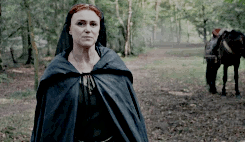

84 notes
·
View notes
Photo
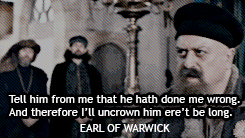




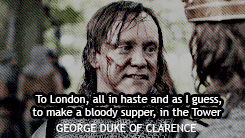


#Edward IV#Henry VI#Margaret of Anjou#Edward of Lancaster#Earl of Warwick#Richard III#Richard Duke of York#George Duke of Clarence#The Hollow Crown#The House of York#The House of Lancaster#EddysEdit
90 notes
·
View notes
Photo


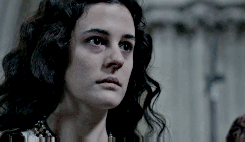
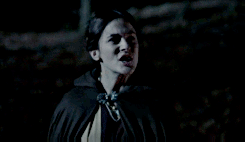
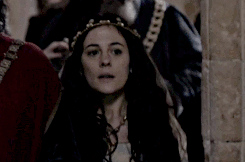



129 notes
·
View notes
Photo








George Duke of Clarence
1 note
·
View note
Photo
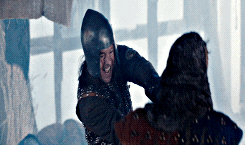


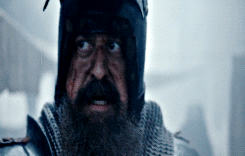
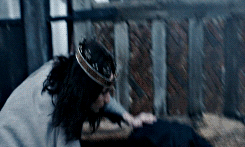
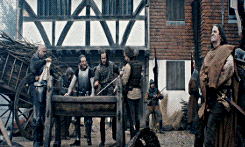
The Battle of St.Albans - 22 May 1455
The Battle of St.Albans was the first engagement in the Wars of the Roses.It was brought about by the recovery of Henry VI in 1455, and the termination of York's protectorate. The Somerset party were again in power, and York, seeing his influence at an end, determined to secure by force of arms the downfall of Somerset.
Accordingly he collected troops in the north and marched towards London. The king advanced in force to meet him, and after a vain attempt at negotiation, a battle followed which, though only lasting half an hour, had most important results. Somerset was slain, together with other Lancastrian nobles, the king wounded, and York completely victorious.
#The Battle of St.Albans#Henry VI#Edward IV#Earl of Warwick#Margaret of Anjou#The House of York#The House of Lancaster#EddysEdit#WOTR Battles
19 notes
·
View notes
Photo
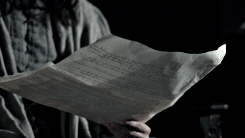
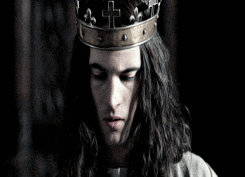




Henry VI
33 notes
·
View notes
Photo

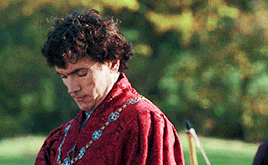




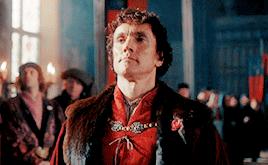

Edmund Beaufort, 2nd Duke of Somerset | For anonymous
119 notes
·
View notes
Photo

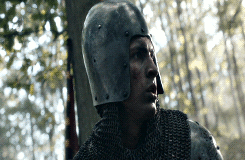


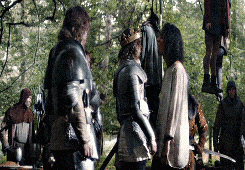

Prince Edward at the Battle of Tewkesbury
Prince Edward fought bravely, taking command of the middle flank, assisted by the 4th Duke of Somerset and Sir Wenlock. After the rout of the Lancastrians it is said that Edward was captured by the Yorkists and killed by Richard, Duke of Gloucester. Other contemporary chronicles say that the Prince was killed in the rout ‘in plain battle’.
#The Battle of Tewkesbury#Edward of Lancaster#The House of Lancaster#The House of York#EddysEdit#:OMG GIFS:#:NSFW:
12 notes
·
View notes
Photo

The Battle of Mortimer’s Cross was fought on 2nd February 1461. One of the battles in the Wars of the Roses, it was fought near Wigmore in Herefordshire, between the Lancastrians under Jasper Tudor, and the Yorkists under Edward, Earl of March (later Edward IV).
Edward received news of the disastrous failure of the Yorkist troops at the Battle of Wakefield, and the murder of his father, Richard of York, and his younger brother Edmund, while he was near the Welsh border raising troops. He was marching to give battle to the Lancastrians under Queen Margaret of Anjou, when he received intelligence of a large Lancastrian force entering England from South Wales under Jasper Tudor, Earl of Pembroke, King Henry VI's half-brother.
Edward intercepted the Lancastrians near Mortimer's Cross and, after a ferocious battle, the Yorkists had their victory. Nearly four thousand Lancastrians were slain and Jasper Tudor fled the field. In retaliation for the cruelties after Wakefield, all prisoners of rank were beheaded on Edward's orders, including Owen Tudor, father of Jasper Tudor and step-father to King Henry VI.
According to legend, on the morning of the battle, Edward witnessed a conjunction of three suns in the sky; after the victory, Edward, now Duke of York, took the white rose-en-soleil as his personal badge in remembrance, the sun in splendour.
William Shakespeare described this parhelion phenomenon and its portentous symbolism in Act Two Scene One of Henry VI, Part 3:
“Three glorious suns, each one a perfect sun;
Not separated with the racking clouds,
But sever'd in a pale clear-shining sky.
See, see! they join, embrace, and seem to kiss,
As if they vow'd some league inviolable:
Now are they but one lamp, one light, one sun.
In this the heaven figures some event.”
#Edward IV#Henry VI#Jasper Tudor#Earl of Warwick#The Battle of Mortimer's Cross#WOTR Battles#The House of York#The House of Lancaster#EddysEdit
21 notes
·
View notes
Photo



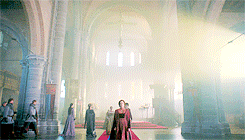




“I will fight at the forefront. I will be the first to receive their weapons. I will be the first to charge their advancing columns–and without fear […] You who once followed a peasant girl, follow now a queen.” (x)
212 notes
·
View notes
Photo

4 notes
·
View notes
Photo

A stained glass window from St. James Church, Sutton Cheney showing Richard III and Henry VII facing one another at Bosworth Field, with the white rose of York and red rose of Lancaster combined into the Tudor rose above.
148 notes
·
View notes
Photo



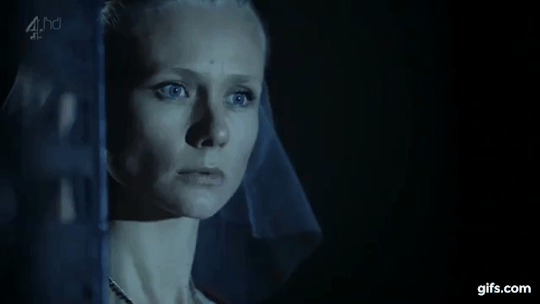


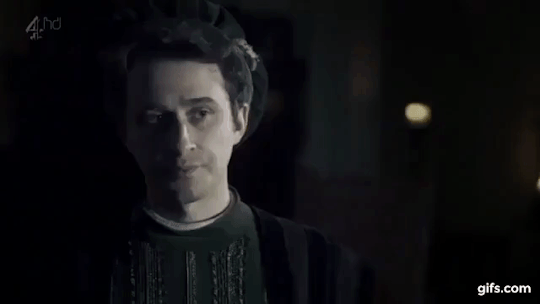
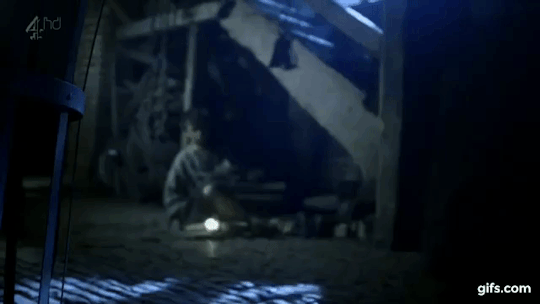
Richard III: The Princes in the Tower
#Richard III#Edward V#Richard of Shrewsbury#The Princes in the Tower#Elizabeth Woodville#James Tyrrell#The House of York#EddysEdit#:LOOK I MADE GIFS:
45 notes
·
View notes
Photo
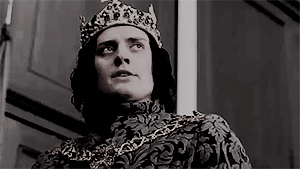







Born in England on October 2, 1452, Richard III served as king of England for only two years, but his reign was one of the most historic and turbulent. He is credited with the responsibility for several murders, including those of his nephews Edward and Richard, and of Henry VI. Shakespeare portrayed him as a tyrannical ruler in his play, King Richard III, but modern scholars have pointed to evidence that Richard III was a successful leader. He died in England in 1485. [x]
683 notes
·
View notes
Video
youtube
2 notes
·
View notes
Photo

Henry VII Crowned
By Peter Jackson (1922-2003)
Legend says that after the battle of Bosworth Field, Richard III’s crown was found in a hawthorn bush. Lord Stanley placed it on the head of Henry Tudor under the shouts of acclamation: ‘God save King Henry!’
237 notes
·
View notes